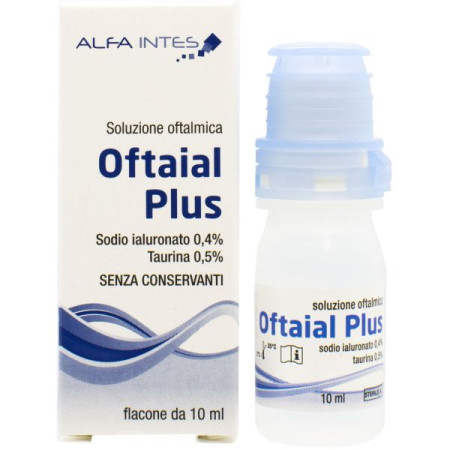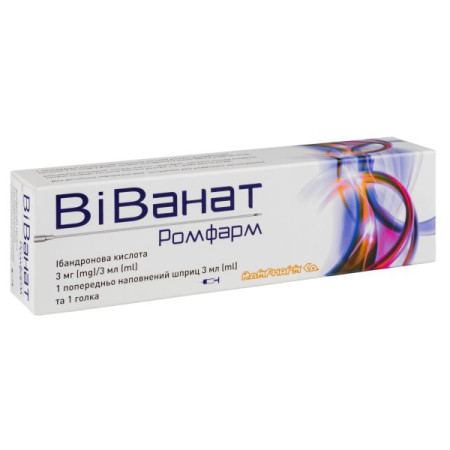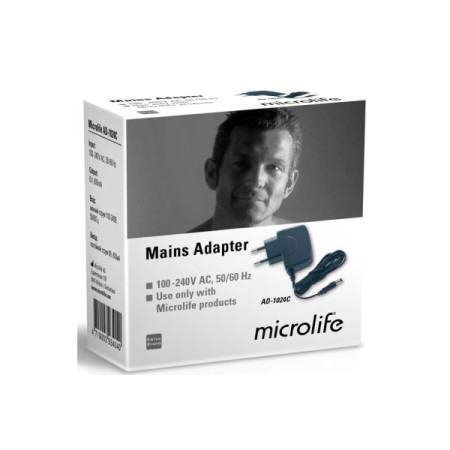T-Triomax solution for injection 25 mg/ml ampoule 4 ml No. 10

Instructions for use T-Triomax solution for injection 25 mg/ml ampoule 4 ml No. 10
Composition
active ingredient: morpholinium salt of thiazide acid;
1 ml of solution contains 25 mg of morpholinium salt of thiazide acid;
excipient: water for injections.
Dosage form
Solution for injection.
Main physicochemical properties: transparent colorless or slightly yellowish liquid.
Pharmacotherapeutic group
Cardiological drugs. Other cardiological drugs. Thiazide acid. ATX code C01E B23.
Pharmacological properties
Pharmacodynamics.
The active ingredient of the drug has anti-ischemic, membrane-stabilizing, antioxidant, and immunomodulatory effects.
The mechanism of action of the drug is associated with increased compensatory activation of anaerobic glycolysis and activation of oxidation processes in the Krebs cycle while preserving the intracellular ATP pool.
The presence in the structure of the molecule of the morpholinium salt of thiazide acid thiol sulfur, which is characterized by redox properties, and tertiary nitrogen, which binds excess hydrogen ions, causes the activation of the antioxidant system. The strong reducing properties of the thiol group cause a reaction with reactive oxygen species and lipid radicals, and the reactivation of antiradical enzymes - superoxide dismutase, catalase and glutathione peroxidase - prevents the initiation of reactive oxygen species.
Improvement of the rheological properties of blood is achieved by activating the fibrinolytic system.
The effect of the drug leads to inhibition of lipid oxidation processes in ischemic areas of the myocardium, a decrease in myocardial sensitivity to catecholamines, prevention of progressive inhibition of cardiac contractile function, stabilization and reduction of the area of myocardial necrosis and ischemia, respectively.
Improving myocardial metabolic processes, increasing its contractile ability, and promoting normalization of heart rhythm make it possible to recommend the drug for the treatment of patients with various forms of ischemic heart disease.
In parallel with the use of the drug in cardiology, it can be used in the treatment of diseases of the liver and other internal organs, given its high hepatoprotective properties. Morpholinium salt of thiazide acid prevents the destruction of hepatocytes, reduces the degree of fatty infiltration and the spread of centrilobular necrosis of the liver, promotes the processes of reparative regeneration of hepatocytes, normalizes protein, carbohydrate, lipid and pigment metabolism in them. It also increases the rate of synthesis and secretion of bile, normalizes its chemical composition.
Pharmacokinetics.
With intramuscular administration, the maximum concentration of morpholinium salt of thiazide acid in blood plasma is reached after 0.84 hours, with intravenous administration - after 0.1 hours. Binding to blood proteins is not more than 10%. It accumulates mainly in the kidneys - 31%, as well as in significant quantities in the large intestine, heart, spleen, the smallest - in the small intestine and lungs (1-2%).
Indication
In the complex treatment of ischemic heart disease: angina pectoris, myocardial infarction, post-infarction cardiosclerosis.
As an additional agent in the treatment of cardiac arrhythmias.
In the complex treatment of chronic hepatitis, alcoholic hepatitis, fibrosis and cirrhosis of the liver.
Contraindication
Hypersensitivity to the active substance or to other components of the medicinal product.
Acute renal failure.
Pregnancy or breastfeeding.
Children's age (up to 18 years).
Interaction with other medicinal products and other types of interactions
As a cardio- and hepatoprotective drug, it can be used in combination with basic treatment agents for ischemic heart disease and combined with traditional methods of treating hepatitis of the corresponding etiology.
Use during pregnancy or breastfeeding
There is insufficient experience with the use of the drug during pregnancy or breastfeeding.
Ability to influence reaction speed when driving vehicles or other mechanisms
In case of adverse reactions from the central and peripheral nervous system, caution should be exercised when driving vehicles and working with other complex mechanisms.
Method of administration and doses
In case of myocardial infarction and unstable angina, the drug is administered intravenously slowly at 4 ml of a 25 mg/ml solution (100 mg) at a rate of 2 ml/min or intravenously drip at a rate of 20–30 drops per minute (4 ml of a 25 mg/ml solution is diluted in 150–250 ml of 0.9% sodium chloride solution) or intramuscularly at 4 ml of a 25 mg/ml solution (100 mg) 2–3 times a day. The course of treatment is 14 days.
For angina pectoris at rest and post-infarction cardiosclerosis, the drug is administered intramuscularly in a dose of 2 ml of a 25 mg/ml solution 3 times a day. The course of treatment is 20–30 days.
In chronic hepatitis with pronounced activity of the process, the drug is administered intramuscularly in the first 5 days at 2 ml of a 25 mg/ml solution (50 mg each) 2–3 times a day or intravenously slowly at a rate of 2 ml/minute at 4 ml of a 25 mg/ml solution (100 mg) once a day, or drip at a rate of 20–30 drops per minute (2 ampoules of a 25 mg/ml solution are diluted in 150–250 ml of 0.9% sodium chloride solution). From the 5th to the 20th day of therapy, the drug is administered in tablet form (100 mg 3 times a day).
In chronic hepatitis of minimal and moderate activity, the drug is administered intramuscularly in a dose of 2 ml of a 25 mg/ml solution 3 times a day. The course of treatment is 20–30 days.
In case of liver cirrhosis, treatment should be started with intramuscular injection of 2 ml of 25 mg/ml solution (50 mg each) 3 times a day for 5 days, and then continue treatment with tablets (100 mg each 3 times a day). The course of treatment is 60 days.
Children.
There is insufficient experience with the use of the drug in children.
Overdose
Symptoms: increased concentration of sodium and potassium in the urine.
Treatment: drug withdrawal, symptomatic therapy.
Side effects
The drug is usually well tolerated.
Patients with increased individual sensitivity may experience:
Skin and subcutaneous tissue disorders: itching, skin hyperemia, rash, cases of urticaria;
from the immune system: cases of hypersensitivity reactions, including angioedema, anaphylactic shock, have been described when taking other medications;
General disorders and administration site conditions: fever, chills and injection site changes.
In patients, mainly elderly, when taking other medications, the following may occur:
from the nervous system: general weakness, dizziness, tinnitus, headache;
from the cardiovascular system: tachycardia, arterial hypertension, cases of lowering blood pressure;
Gastrointestinal: dyspeptic symptoms, including dry mouth, nausea, bloating, vomiting;
Respiratory system, chest and mediastinal organs: shortness of breath, wheezing.
Expiration date
3 years.
Storage conditions
Store in the original packaging at a temperature not exceeding 25 ° C. Do not freeze.
Keep out of reach of children.
Packaging
2 ml or 4 ml in an ampoule; 5 ampoules in a contour blister pack; 2 contour blister packs in a pack.
Vacation category
According to the recipe.
Producer
PrJSC "Pharmaceutical Company "Darnitsa".
Address
Ukraine, 02093, Kyiv, Boryspilska St., 13.
There are no reviews for this product.
There are no reviews for this product, be the first to leave your review.
No questions about this product, be the first and ask your question.








